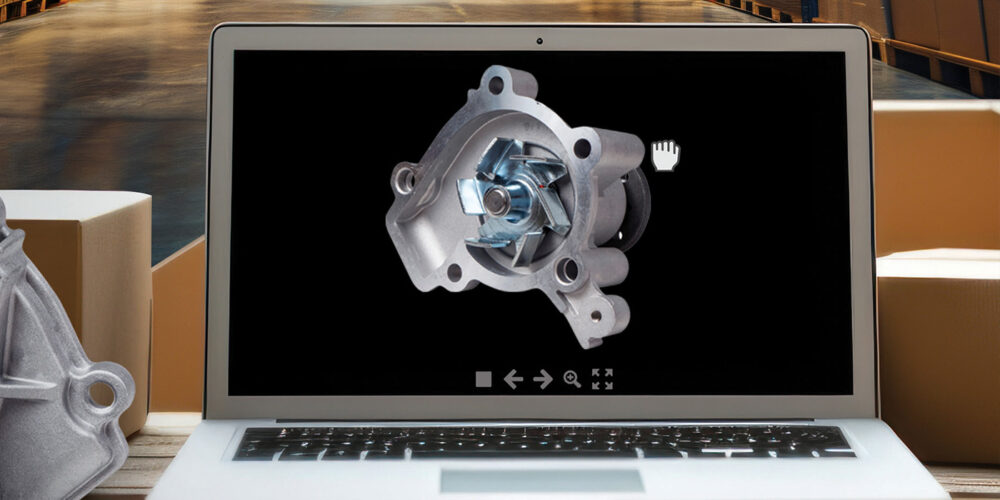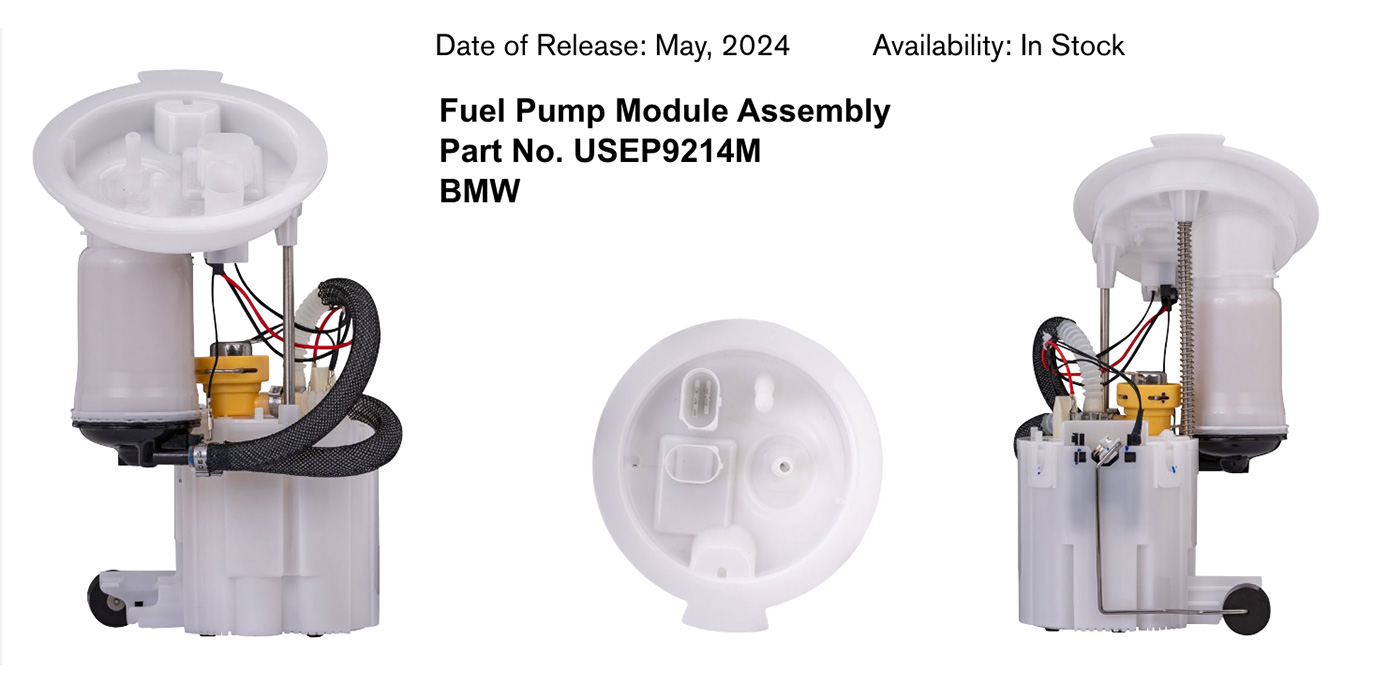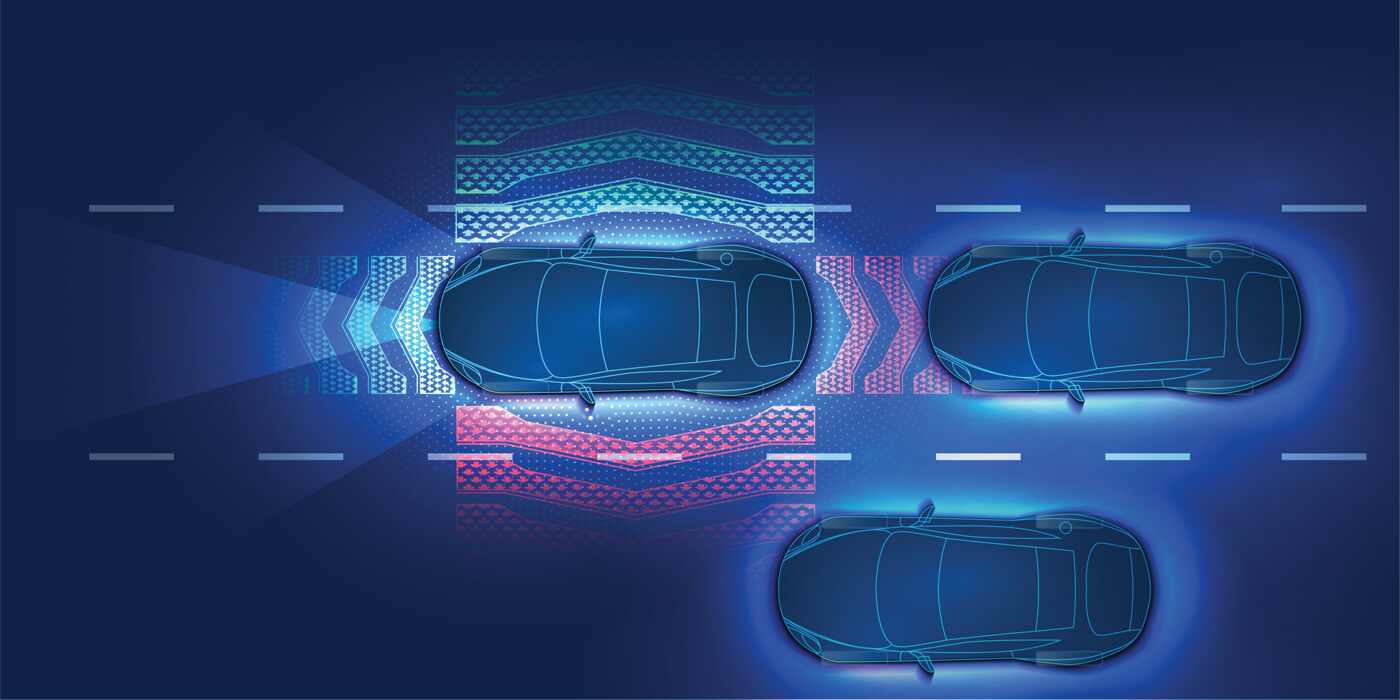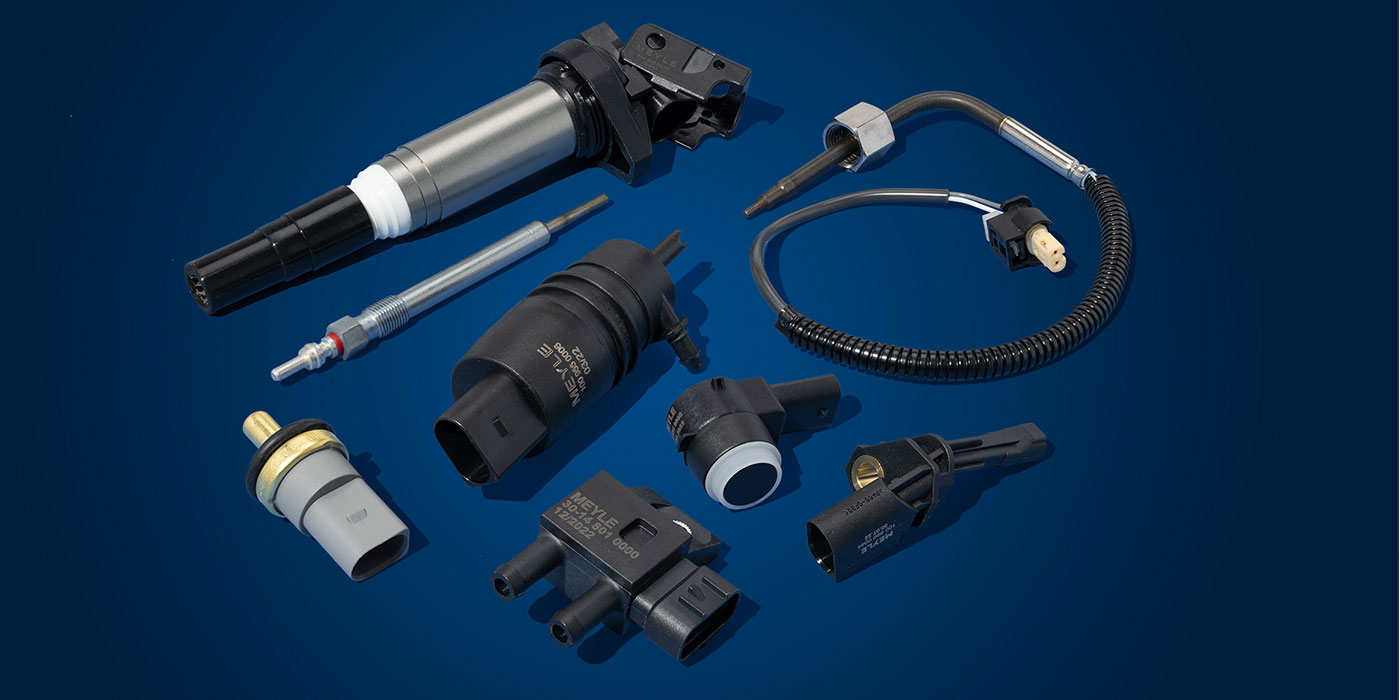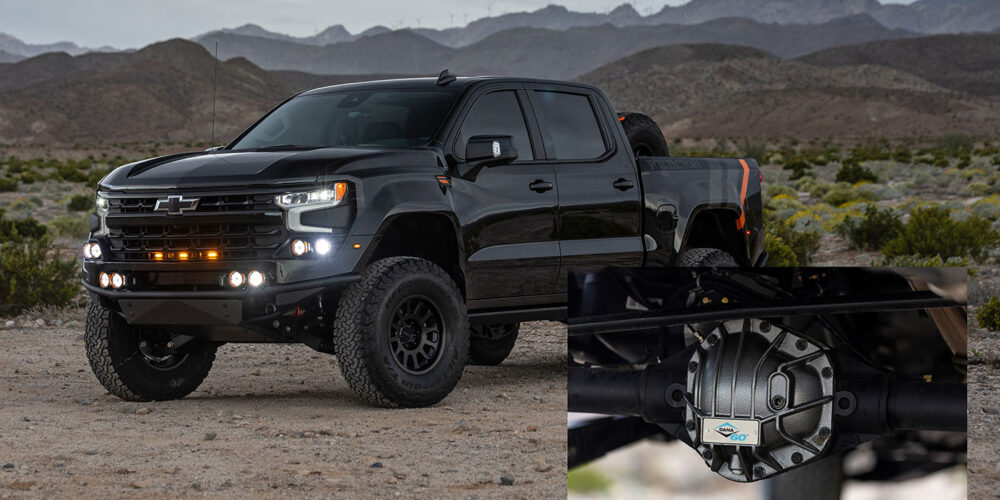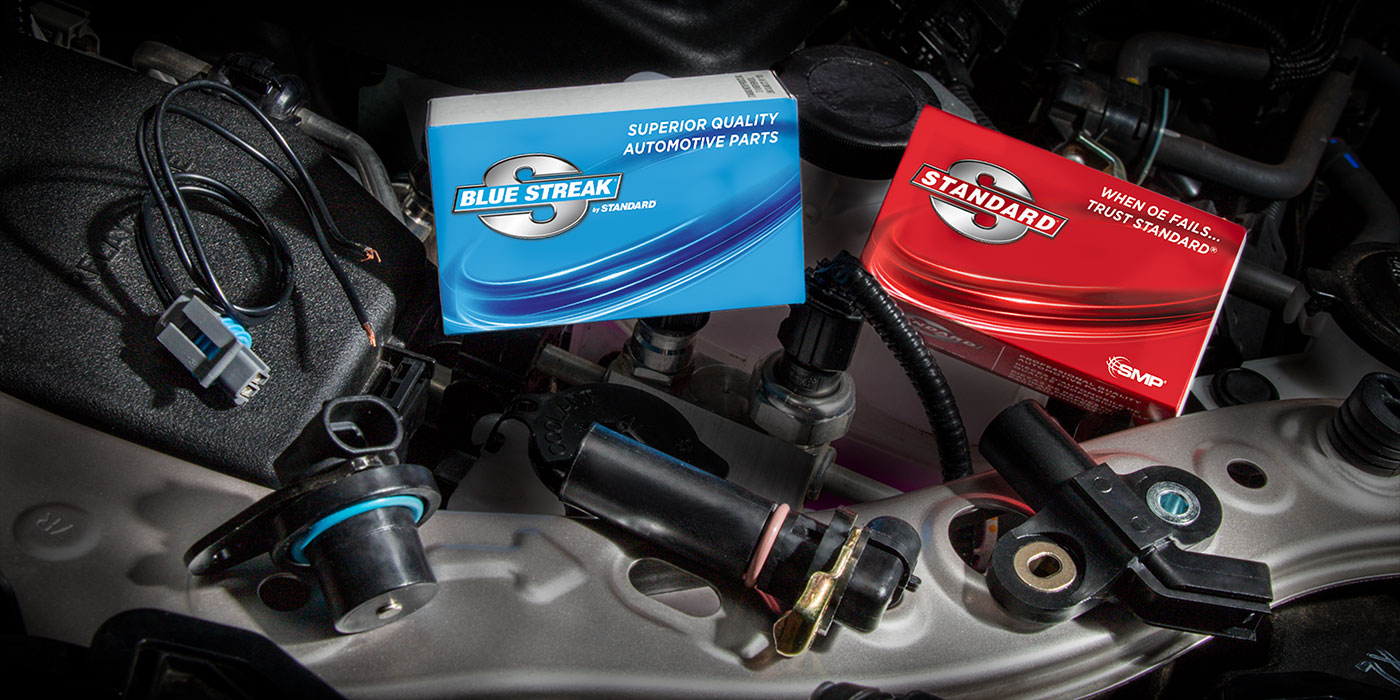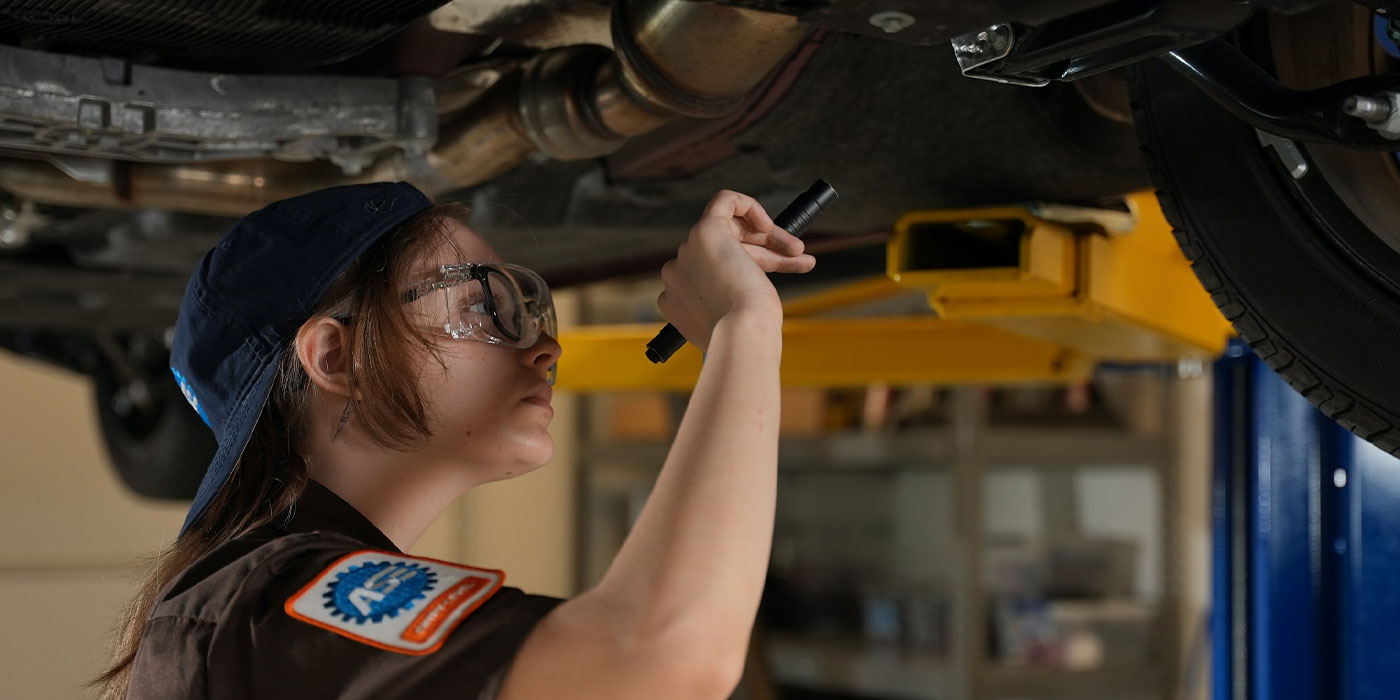A few clicks can take you anywhere these days, especially in the world of automotive parts e-commerce. Think you found the part you’re looking for? Well, you’ll want to be sure you can see it from all angles to make sure it’s the right one. You’ll also want a cornucopia of product information – title, product description, specs and fitments to name a few. Lastly, your customers might want to see what others bought when they purchased a certain product to go along with their purchase. This is the norm for buying all types of things online.
Automotive parts e-commerce isn’t going away. In fact, auto parts e-commerce in the United States is projected to reach $67 billion by the 2030. That’s a 9% compound annual growth rate through 2025, according to Hedges & Company. Growth in this area is a signal for auto parts manufacturers and suppliers to allocate resources in making their e-commerce presence a priority – if they haven’t already. One often overlooked aspect of e-commerce is imagery, especially 360-degree images and video. To the experienced technician or parts professional, the right angle can make a difference in securing the right part for the job.
“What’s awesome is that [good images] can reduce your cancellation and return rates because the consumer gets a better view of the part before they buy it,” says Mike Rich, vice president of marketing and e-commerce at RevolutionParts, a digital commerce platform for auto parts.
Arnott Industries, a Merritt Island, Florida-based manufacturer of air-suspension products, understands the importance of having a robust digital presence. Browse Arnott’s e-catalog and you’ll find detailed product descriptions accompanied by high-resolution images that display the product from multiple angles.
“We are always looking for ways to educate our customers,” says Charis Gaines, Arnott’s director of marketing. “Our web presence allows us to do that and be nimble when we introduce new product categories into the marketplace.”
Arnott offers 360-degree images for all products except kits, she adds.
“360 imagery has long been a company standard for products at Arnott,” Gaines explains. “We’re pleased to have found a vendor who helps us to maintain the standards we have in place.”
What Makes a Good Image?
Whether a large corporation or a team of 10, businesses should prioritize imagery and photography as a selling tool. Understanding the type of product you’re looking to represent, what the customer needs to see and how it’s being displayed are all ways to optimize the story your product images are telling. Rich says the types of images a product needs for an e-commerce site should be dictated by the product line itself.
“In some cases, the product is a lot more visual, so you’ll need a larger or a more pixel-dense image than you would with maybe something that’s not as a visual type of product,” he says. “It really depends on the product line and the design of the site. You want to have images that match the brand and what the brand’s trying to do.”
Rich says many products start with schematic designs, which are sometimes uploaded to e-commerce sites. But having even a color photograph of the product will boost conversion rates by 15%. Including images of multiple angles of the product or 360-degree images can increase conversion rates by up to 30%.
“Customers like to zoom in and out and drag and spin an image to see all different angles of a part,” he says about 360-degree imagery. “Sometimes a product description says it fits their application … but a lot of people will shop with the part in their hand and compare the part to what’s on the screen.”
For example, any part with an electrical connector – starters, alternators, etc. – a consumer will typically compare that plug to the one on the part they have or check the placement of the bolt pattern to see if they look alike. The 360-degree images that show certain aspects of the part will drive buyer confidence, which leads to better purchase rates, Rich says.
Optimizing Your Product Shots
Once you have your product shots at multiple angles or in 360-degree view, it’s time to optimize those images to pair with the amount of data on a particular site. Rich says a compressed 360-degree image, a much smaller file, will provide less degradation of the image quality.
Suppliers also should think about image sizes. For example, a search results page, often called a product listing page, will have a smaller, thumbnail-size image than the product page itself.
“I think that’s really important when you’re getting into e-commerce to realize you don’t want to use the same image size in every location,” Rich says. “You need different size images for different places.”
Another part of the equation to consider is where the images will be uploaded. Rich says mobile traffic for auto parts sites using RevolutionParts’ platform was more than 60% of total site traffic. Over the past three years, mobile traffic has increased 10% year over year.
“Anything you can do to really optimize your site and the amount of data that’s coming through will add to the customer experience,” Rich says.
The file type is also an important part to make sure images shown can be downloaded in a timely manner. Rich says for years, a PNG file type was standard; now, WebP, a raster graphics file format developed by Google to replace older file formats, has become the standard for its downloading speed when customers click on a product page. Rich says WebP files are able to be compressed the most without losing image quality.
Lastly, Rich recommends suppliers use some sort of CDN (content delivery network), which can store and cache images to serve them to online customers faster.
Increasing Listing Quality
A picture might be worth 1,000 words, but for auto parts e-commerce, product descriptions are another part of the equation that can’t be overlooked. The basics include titles, bullet points, fitment data and product attributes. The latter is especially important for customers to search by keywords.
Rich also said that while suppliers or distributors might receive data from manufacturers, they should still review the data as a seller and look to improve it.
“The manufacturer might call a product something but as a seller, if you’re talking to the customer or the person buying the parts, they might use a different name,” Rich says. “So sellers need to be asking, ‘How can I make manufacturer data more consumer friendly?’ That’s going to lead to more purchases and drive better performance across the board. It boosts the quality of the content and product.”
Rich says the RevolutionParts software can ingest catalog data, whether that be in an ACES and PIES format or another, and build out a manufacturer catalog. It can also integrate with multiple warehouses to keep track of inventory.
Sidebar: Above and Beyond
Tools that allow customers to see the product in action are especially useful for performance applications, says Mike Rich, director of marketing at RevolutionParts.
Product video, especially that of a full build that highlights a particular part, has become popular. Virtual accessorizing tools – such as platforms where you can put the part on your car and see what it looks like in a 3D model – also are gaining popularity.
“They’re picking up a lot more steam, but they also take up a lot of space.” Rich added that suppliers should work with their partners to find the right file type for a video to upload seamlessly.

